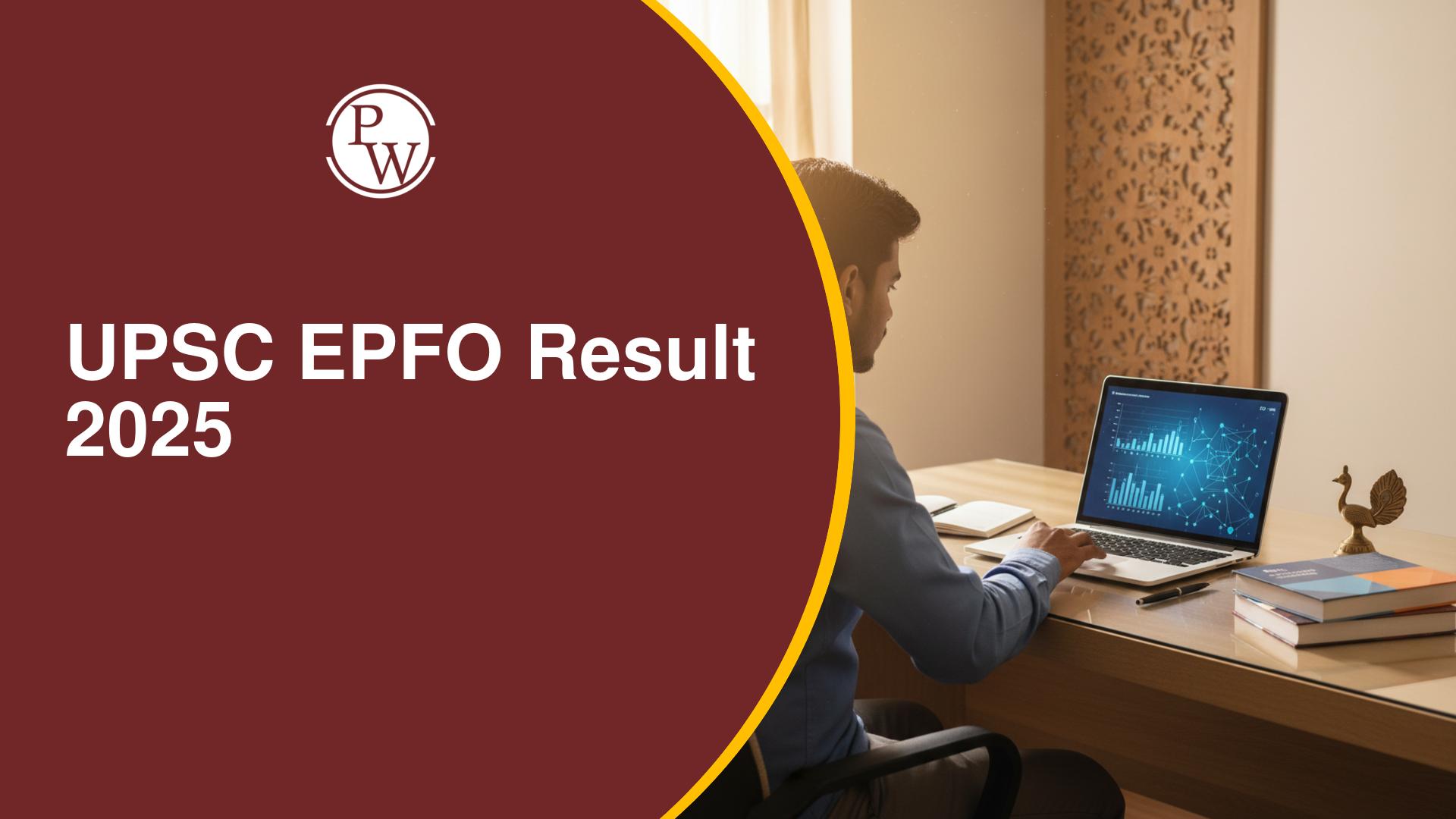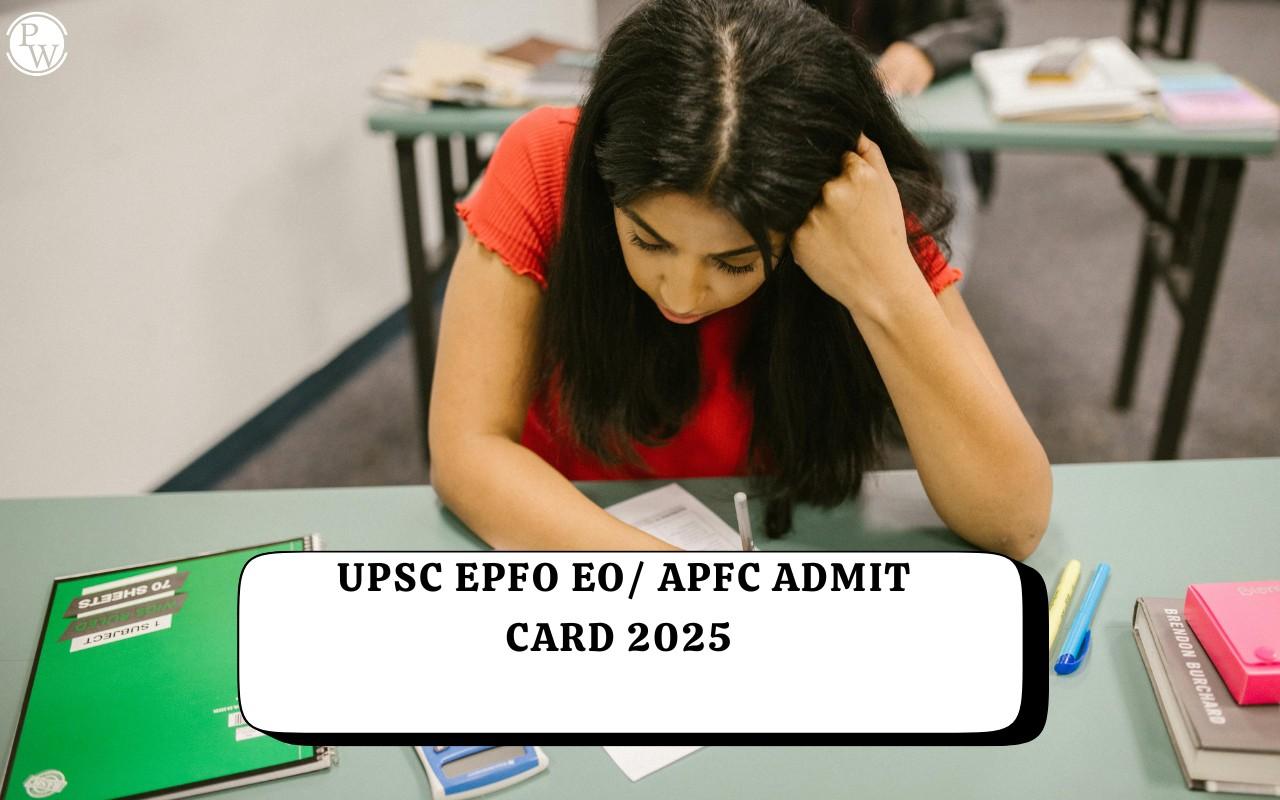
Temple Entry Movement was a series of social reform campaigns during the 1920s to the 1940s. The movement challenged caste-based discrimination and questioned religious practices that excluded people based on birth. From Kerala to Maharashtra and Tamil Nadu, different regions saw powerful agitations led by reformers and political leaders.
The Temple Entry Movement eventually played a major role in laying the foundation of an inclusive Indian society. Read on to learn more about the Temple Entry Movement!
Temple Entry Movement
The Temple Entry Movement was a major social reform initiative during the Indian freedom struggle. It aimed to allow Dalits and other oppressed castes access to Hindu temples. From the 1920s to the 1940s, this movement questioned caste-based discrimination within religious spaces.
During this time, the untouchables were not allowed into temples, and they had to stay outside, away from the rituals and prayers. Reformers and leaders found this unfair and launched movements to change it. The Temple Entry Movement spread across different parts of India and became a symbol of social equality.
Historical Background of Temple Entry Movement
To understand why this movement was necessary, we must look at the social structure of India before independence. The caste system was rigid and unjust. Dalits, also called 'untouchables', were kept away from temples, wells, and even public roads near temples. They were treated as impure and forced to live on the outskirts of villages.
This discrimination was not just social but was religiously justified and deeply accepted in many regions. Reformers in the 19th century, like Jyotirao Phule, Swami Vivekananda, and Dayanand Saraswati, had already raised their voices against untouchability. But change was slow. By the 1920s, the issue of temple entry became more urgent.
The Indian freedom movement was growing stronger, and leaders realised that true freedom could not be achieved without addressing internal social inequalities. That’s when the Temple Entry Movement took a new shape, with local and national leaders joining hands with the people.
Key Temple Entry Movements
Many temple entry movements emerged in different regions of India during this time. Some of the major ones were:
1. Vaikom Satyagraha (1924–25), Kerala
-
Location: Vaikom, Travancore (now Kerala)
-
Objective: To allow lower castes (like Ezhavas and Pulayas) to use the roads surrounding the Vaikom Mahadeva Temple, from which they were barred due to caste restrictions.
-
Leadership: K.P. Kesava Menon, T.K. Madhavan, and E.V. Ramasamy Naicker (Periyar); supported by Mahatma Gandhi.
-
Significance: Marked the first major organized protest against untouchability in temple access. The movement gained national attention and support from various communities, including Akalis from Punjab and Christian and Muslim leaders. Gandhi's intervention led to partial success, with some roads opened to lower castes.
2. Guruvayur Satyagraha (1931–32), Kerala
-
Location: Guruvayur Temple, Kerala
-
Objective: To secure temple entry rights for all castes.
-
Leadership: K. Kelappan, poet Subramanian Tirumambu, and others.
-
Significance: Another major temple entry movement in South India, it involved marches and protests, drawing national attention and support. It heightened anti-caste sentiment and inspired similar actions elsewhere.
3. Kalaram Temple Entry (1930), Maharashtra
-
Location: Kalaram Temple, Nashik, Maharashtra
-
Leader and Objective: This temple entry movement was led by Dr. B.R. Ambedkar and demanded Dalit entry into the Kalaram Temple.
-
Significance: It was an important event in the Dalit movement, exposing deep-seated caste prejudices and mobilizing Dalits across India
4. Ambadevi Mandir Satyagraha (1927) and Parvati Satyagraha (1929)
-
Location: Ambadevi Temple (Amravati) and Parvati Temple (Pune)
-
Leadership: Dr. B.R. Ambedkar
-
Objective: To challenge temple entry restrictions for Dalits.
-
Outcome: Both faced stiff resistance and did not achieve immediate success, but were crucial in raising awareness and mobilizing the Dalit community.
5. Madurai Temple Entry Agitation (1939), Tamil Nadu
-
Location: Tamil Nadu
-
Leader: Periyar E.V. Ramasamy (Self-Respect Movement)
-
Objective: To challenge caste-based discrimination in religion and secure temple entry rights for Dalits
-
Significance: In 1939, after persistent public campaigns, Dalits were granted access to the Meenakshi Temple in Madurai. It was a landmark event in South India's social history, which highlighted the influence of rationalist thought and the impact of anti-caste movements.
Temple Entry Proclamation of 1936
A major breakthrough came on 12 November 1936, when the Maharaja of Travancore, Sri Chithira Thirunal Balarama Varma, issued the Temple Entry Proclamation. This royal order stated that all Hindus, regardless of caste, could enter temples in Travancore. The order came after years of public pressure, protests, and growing reformist sentiment.
The Proclamation was celebrated across the country. It was seen as a victory of equality over orthodoxy and inspired other princely states and regions to follow suit. The Travancore Proclamation remains a significant event in India’s social history that showed that caste barriers could be broken through collective will.
Impact of Temple Entry Movements
The Temple Entry Movement had a long-lasting impact on Indian society. Here's how it changed the nation:
-
Social Equality: The movement helped reduce caste-based discrimination, especially in public and religious spaces.
-
Awareness: It brought Dalit issues into national focus. People across castes started discussing equality and justice.
-
Political Reform: It pushed political parties and princely states to pass laws supporting temple entry and civil rights.
-
Strengthened Freedom Movement: It united people from all castes in the fight against British rule and internal social injustices.
-
Inspired Future Movements: It laid the foundation for the civil rights movements of Dalits post-independence.
It also laid the foundation for India’s vision of equality in the Constitution.
To sum up, the Temple Entry Movement was not just about religious freedom; instead, it was a fight for equality, justice, and dignity that brought change to age-old customs and empowered millions.
Temple Entry Movement FAQs
What was the Temple Entry Movement?
Temple entry movement started in which year?
Temple entry movement by B.R. Ambedkar in which year?
What was the Temple Entry Proclamation of 1936?
Who were the leaders of the Temple Entry Movement?

UPSC Coaching









